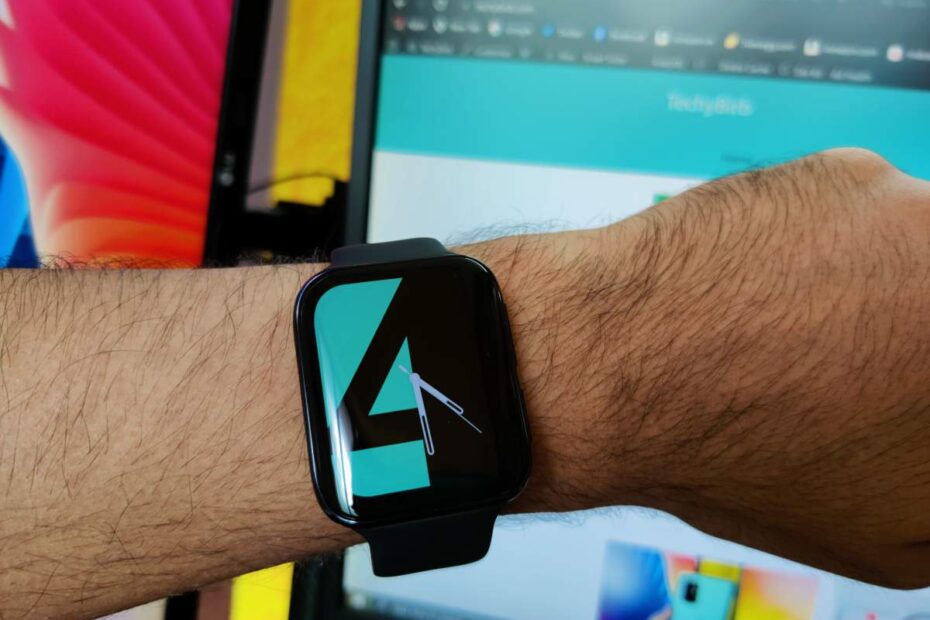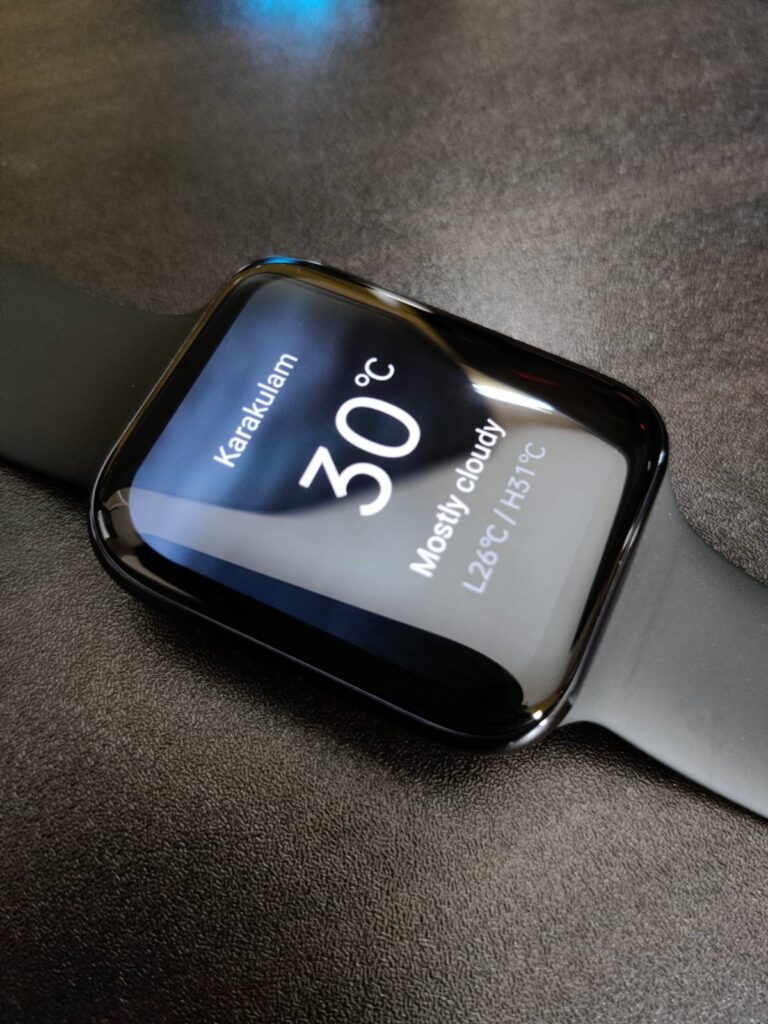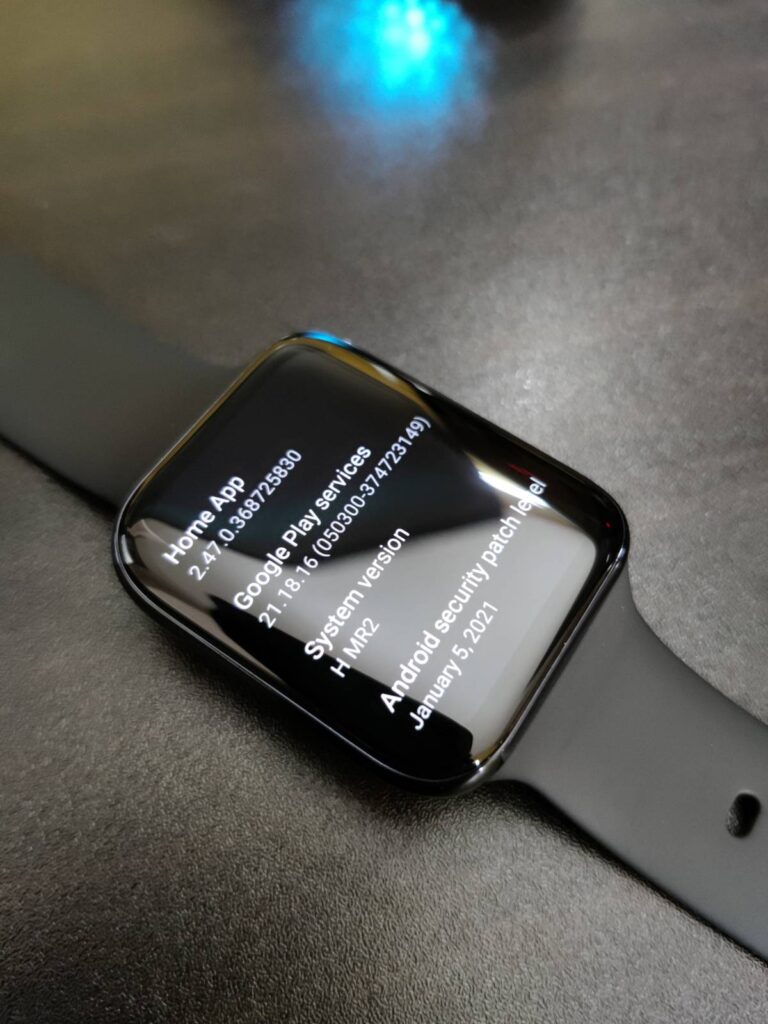The Oppo Watch is an impressive Wear OS watch. The Oppo Watch is a great example of what manufacturers can achieve with the right efforts in both hardware and software. Even if its look is uninspired, there’s credit due for how well-executed the curved display and this smartwatch as a whole are.
If you’re specifically looking for a Wear OS smartwatch, the Oppo Watch is an easy recommendation. If you’re not looking for the Wear OS platform, it may be a harder sell as you’ve got alternatives from Fitbit or Samsung.
The Wear OS platform as a whole hasn’t changed fundamentally in the last six years, but it has gently improved and Oppo’s first smartwatch into that world has provided a unique look while harnessing the highlights of the software.
The Oppo Watch offers some of the best functionality we’ve seen from a watch running Google’s software. Its fitness features are suitable for all, there’s enough power here to run every app you’ll need and there are a few added extras from Oppo too.
You’ll want to consider its average at best battery life when you’re thinking about buying this, but if you don’t mind recharging your watch each night, you’re unlikely to be regularly frustrated.
The design may be uninspired and look remarkably similar to the Apple Watch, but it still looks attractive and if you want a square device with a curved display this will be your only choice on your Android phone.
Oppo Watch Software and features
The Oppo Watch is one of the first smartwatches to run a forked version of Wear OS, with Color OS customizations on top. You also get the staple Wear OS gestures to navigate through pages. A flick in either direction can scroll up or down and a shake to go back to the home screen.
With a swipe left for Tiles (effectively widgets, allowing for quick access to information like weather and heart rate). Swipe right for the Google Assistant, up for notifications, and down for quick settings. Oppo has also augmented Wear OS on its Watch in small but impactful ways.
The Watch features stand reminders so that when you’ve been sitting stationary for an hour it’ll prompt you to “Get Moving” and jump into a ‘5-minute workout’ routine with a single tap, while other basics and staples are covered too; such as a timer, stopwatch, world clock, dedicated heart rate app, guided breathing app and more.
Sleep tracking is also part of the experience here, with a dedicated Sleep app, tile, and automated reports that provide the duration of the previous night’s sleep, as well as differentiation between awake, light, and deep sleep states.
Paired with the HeyTap Health app on your smartphone, you can gain additional insight, with a sleep score and a breakdown of your sleeping habits, as well as suggested changes that might prove beneficial to your long-term health.
On the topic of the home screen, the Oppo Watch comes with a handful of watch faces.
Google Assistant is also around to quickly look up information or launch apps. You also get media controls as soon as any music or video is played on the phone. You can control the playback, skip tracks and even control the volume.
The multifunction button defaults to Oppo’s workouts app but can be reassigned to open any app installed on the watch from within its settings menu. For contactless payments, the Oppo Watch features NFC support too.
Design
The Oppo Watch looks every bit like an Apple Watch. The similarities extend to the body, straps, and fascia as well. What you need to know is that the Oppo Watch is almost as sleek and strong as Apple’s wearable. It doesn’t seem fragile from any side, and all the curves meet seamlessly.
You also need to know that this review used the 46mm version of the watch. Two sizes are depending on how big you want your watch to be, and there are some core differences here.
| Specs | 46mm | 41mm |
| Battery size | 430mAh | 300mAh |
| Connectivity | LTE/Wi-Fi | Wi-Fi |
| Display | Curved, 1.9-inch | Flat, 1.6-inch |
| Rear surface | Ceramic + Plastic | Plastic |
| Water resistant | 50 meters | 30 meters |
The frame is made of series-6000 aluminum and has held up well with our relatively carefree use. Along with the Black variant, there’s also a Glossy Gold finish available. The 41mm variant of the watch adds a third Silver Mist color. Skinnier people usually have to for the smaller dial variants for the watch to not look big on their wrists. The Fluororubber band has ample holes to cover wrists of all sizes. It is very similar to the Apple Watch silicone strap with just a bit more rigidity. That hardness also makes it a little more difficult to put on.
The left side houses the loudspeaker while the right has the two pushers for functions and navigation. The button on the bottom has a subtle green accent for added character. By default, it launches the fitness suite but its function can also be customized. It is also 5ATM water-resistant, rated to be safe at pressure levels equivalent to 50 meters underwater. As always, the certification doesn’t apply to saltwater.
Display
Firstly, it looks undeniably cooler than other watches with a similarly minimal design. That’s an important aspect as watches also act as fashion accessories. It still looks like a computer slapped onto your wrist but blends in with most attires. Secondly, it makes every interaction with the watch a lot more enjoyable and smoother.
The display has a resolution of 402 x 476 (326ppi), one of the highest on any wearable. Text and icons were adequately sharp and clear. You will not be able to see the individual pixels at standard viewing distances. The AMOLED construction of the panel also adds another level of immersion as the sides fade away in the frame with no discernible edge or bezel. The colors are vibrant and punchy and stand out beautifully amid the inky black background.
There are five stages of brightness to choose from. For our use, which is predominantly indoors at the moment, even the second level was adequate. I didn’t find outdoor legibility to be an issue, either.
Performance
Oppo’s implementation includes using a dual-chip system. The Qualcomm Snapdragon Wear 3100 for the complete functionality and an Ambiq Apollo 3 chipset for the battery saver mode. The Snapdragon Wear 3100 platform is nearly three years old at this point. Wear OS is notorious for being heavy on the RAM than on the chipset. Thankfully, the Oppo Watch ships with an entire 1GB of it. The combination makes operations smooth and responsive, which is still a rare feat for Wear OS watches.
Battery life
The Oppo Watch runs off a relatively large 430mAh battery for 46mm. However, the battery life is poor even with moderate use. Even on lighter days with very few notifications and music control, it struggled to get it to last the 36 hours that Oppo claims it will do. It was closer to 20 hours on most charges. You could make it last through the day, but we recommend visiting the charger each night. The smaller 41mm device comes with a smaller 300mAh cell inside.
Oppo’s popular VOOC Flash charging is here to take care of the refueling. It can go from near-empty to full in a little over an hour, with most of the charging happening in the initial half. You do have the option to switch to the Power Saver mode, which is supposed to add 20 days to the tank. It will switch to a simpler watch face that runs at a lower refresh rate and will continue to display the time, track the number of steps and pulse and handle basic notifications.
Fitness and tracking
While Oppo has included two workout apps of its own, and the Watch supports swim-tracking and sleep tracking. The native workout app only supports a total of five activities, with five additional ‘5-minute workout’ routines to choose from. There are a handful of third-party fitness apps like Strava, the Adidas running app which can also be downloaded and make use of the Oppo Watch’s hardware.
Speaking of which, along with the aforementioned sleep and step tracking, the Oppo Watch features an optical heart rate sensor for constant heart-rate monitoring and there’s integrated GPS, for phone-free route tracking and pace detection. More advanced sensors – like a pulse oximeter for SpO2 (blood oxygen saturation) tracking – aren’t on the table here but such functionality can be found in rivals from the likes of Garmin and those watches that take a more fitness-first approach.
Step counts proved consistent, however, heart rate readings often appeared to be lower than expected – even during intense workouts, further undermining the Watch’s fitness credentials.
There’s also the fact that you can’t dive particularly deep into the health data logged within the HeyTap application, which may also prove problematic for those considering a smartwatch that doubles as anything more robust than a basic fitness tracker.
Oppo Watch price
The Oppo Watch was unveiled on March 6, 2020, alongside the Oppo Find X2 and Find X2 Pro. The Oppo Watch price is Rs 14,990 ($205) for the 41mm variant. If you want the larger 46mm watch, it’ll cost Rs 19,990 (around $274).
Buy Now: OPPO Smart Watch(WiFi) 46mm
Oppo Watch review: The verdict
Pros
- Crisp AMOLED display
- In-built speaker
- Good performance
- Fast charging
- Attractive design
Cons
- Proprietary watch straps
- Average battery life
- Average fitness functionality
The Oppo Watch is very well designed and is a full-featured smartwatch running on Google Wear OS.
The Oppo Watch focuses on what matters to users: great style, excellent fit and finish, and reliability. The software is clean and usable. The battery lasts a full day, which allows for activities such as sleep tracking.
I would recommend the 46mm Oppo Watch over the 41mm variant since the smaller battery could mean below-average battery life.
The screen is visually stunning, and the overall build quality impresses. The Oppo Watch is an easy recommendation for anyone who wants the Wear OS smartwatch experience. However, if you are an iPhone user, the Oppo Watch wouldn’t be ideal since Wear OS has multiple limitations. Instead, you can take a look at the Apple Watch.
Read More: Top 10 Smartwatches Of May 2020
Hi, I’m Mithunraj Kurunthil, an aspiring blogger with an obesession for all things tech. This blog is dedicated to helping people learn about technology.











Pingback: Oppo Watch 2 Series with latest Snapdragon 4100 to launch later this year